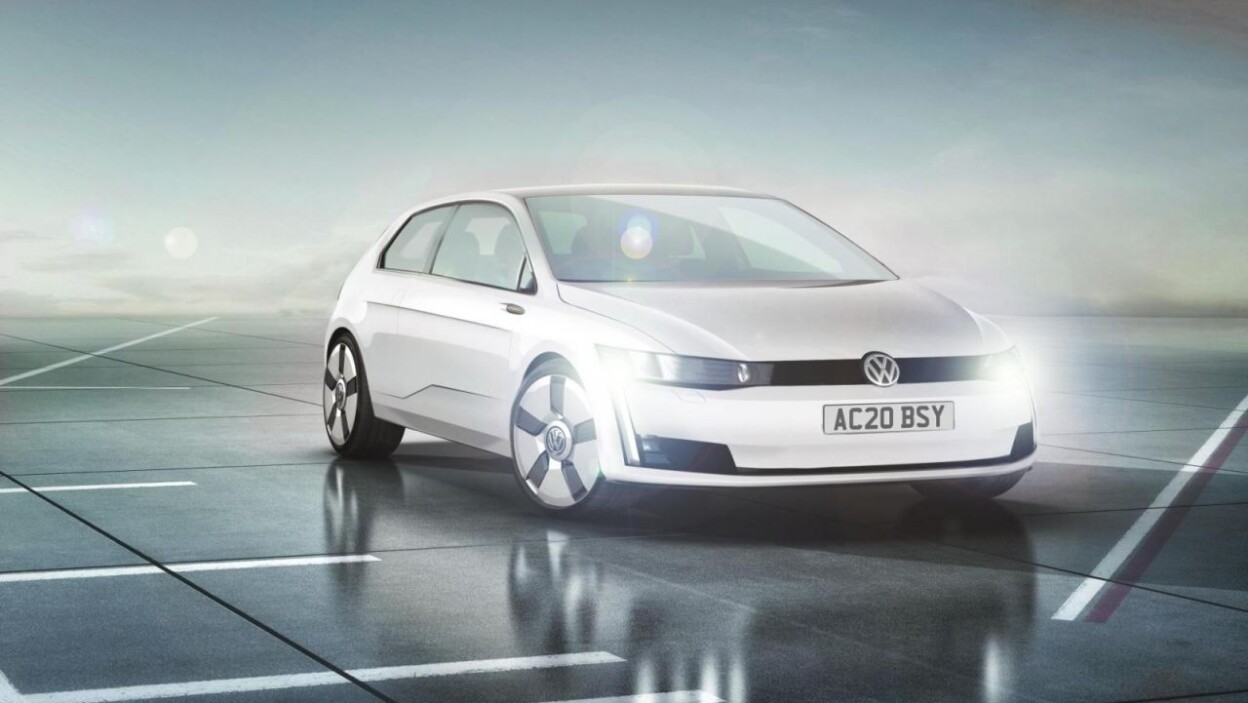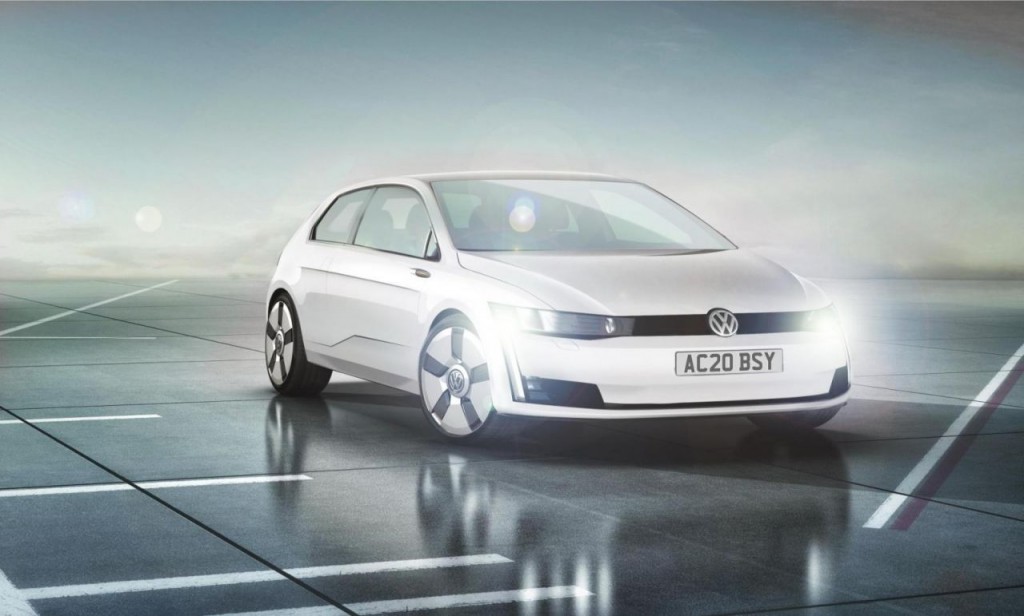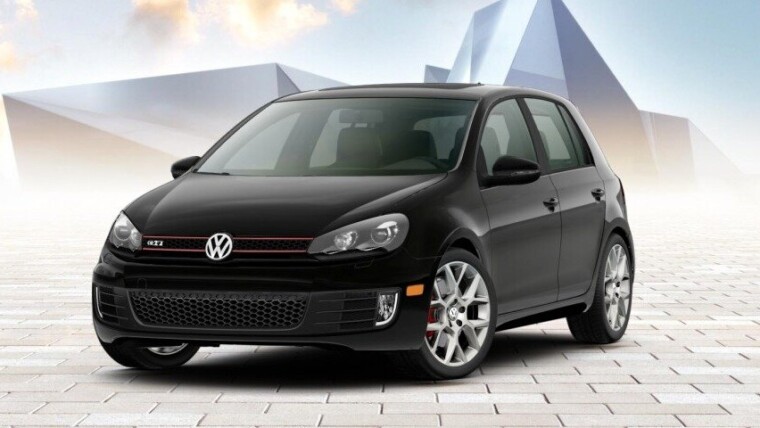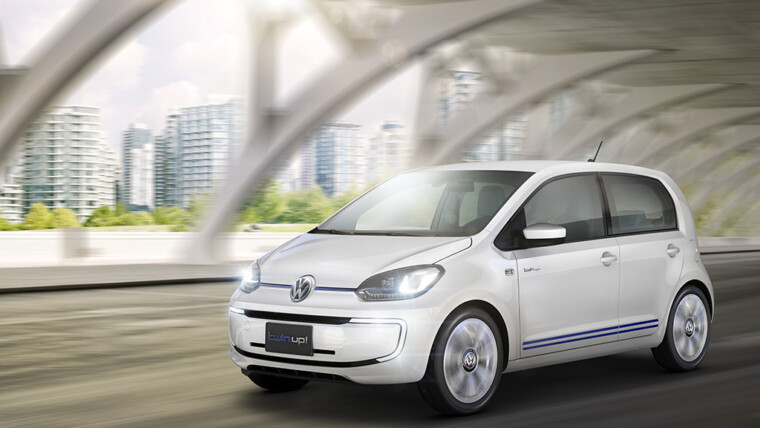Yes, there’s still five years to go until the next-generation Volkswagen Golf Mk8 arrives in 2019, but the German company has already started developing its new model.
Autocar reports that the upcoming Golf will be one of the most economical mainstream cars ever built. VW engineers and designers have already started to investigate ways of reducing the average CO2 output of the next range of Golf models to well below 90g/km. This is due to the European Union CO2 emission restrictions that are set to come into effect in 2020. In order to achieve this goal, the Golf will be sharing the extensive use of aerodynamic innovation from the two-seat XL1.
According to a VW insider, “a number of aerodynamic solutions are being investigated [for the Golf Mk8]”. However, according to the source, a fundamental difficulty facing the engineers and designers is that, proportionately, the Golf is quite a short car.
The XL1 has been shaped primarily for aerodynamic efficiency so it is both low and long. However, the Golf is a small-size hatchback and that effectively sets the car’s proportions. The company also has to consider that mainstream buyers may not want a car that loses its character to the demands of cutting-edge aerodynamics.
The Golf Mk8 will be based on the MQB platform and be built from conventional stamped and welded panels. This means that the car will be no wider nor longer than the current Golf. However, VW will have to find further weight savings in the new car, bringing the base kerb weight to under 1100kg.
New Golf’s fuel-saving technology
Flywheel
Flywheels could become familiar on mainstream cars in the next decade because they can store waste energy and release it like an electric motor and battery. Flywheel systems are about a quarter of the cost of a hybrid set-up, far less complex and far lighter. A future Golf would likely use a unit good for 40bhp or so.
Variable compression ratio engines
Earlier this year, Audi technical chief Ulrich Hackenberg announced that the Volkswagen Group was developing engines with variable compression ratios. Hackenberg didn’t reveal any details about how this will be executed, but the principle has long been an important goal for engine designers. Being able to vary an engine’s compression ratio depending on the demands being placed on it should lead to significant advances in efficiency.
Coasting
Audi’s Ulrich Hackenberg also said that coasting technology would be used in future VW Group models. Coasting technology is expected to be rolled out in three stages. The first stage – coasting at speed – is already featured on some VW dual-clutch ’boxes. The next version is expected to function when the car is travelling below 7km/h. The ultimate version will allow transmission decoupling and engine shut-down when cruising at speed, travelling downhill or approaching traffic lights that are about to turn red.
Electric turbochargers
This blows air through the turbo when the engine is decelerating, spinning the turbo fan up to speed, so that full boost is available as soon as the driver gets back on the accelerator. Such a system is especially useful for downsized engines, which generate little exhaust gas energy, especially at low speed. A future Golf with, say, a 1.0-litre three-cylinder would have much improved driveability characteristics.
[Source: Autocar.co.uk]
Other posts by AF Newsdesk








